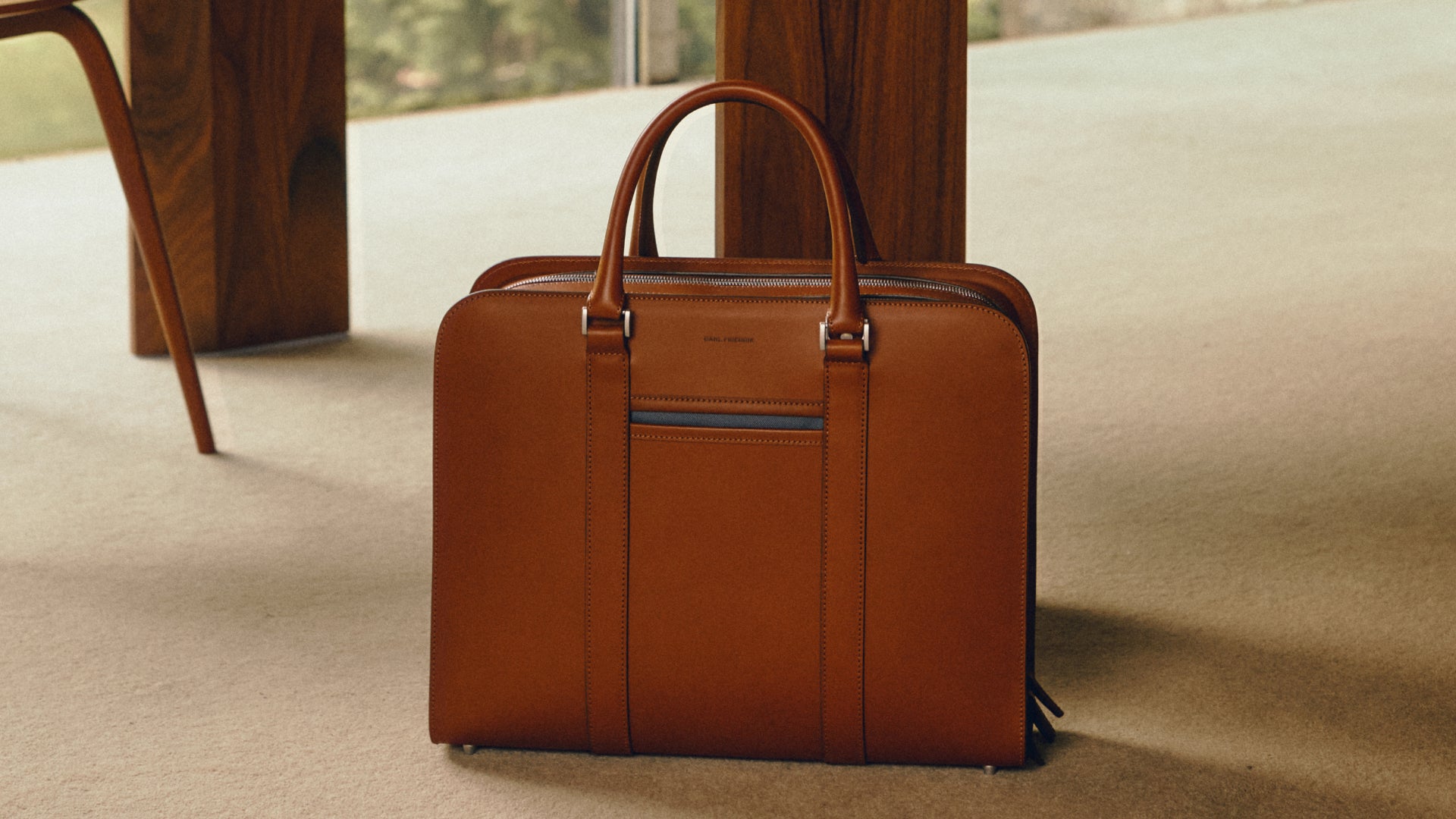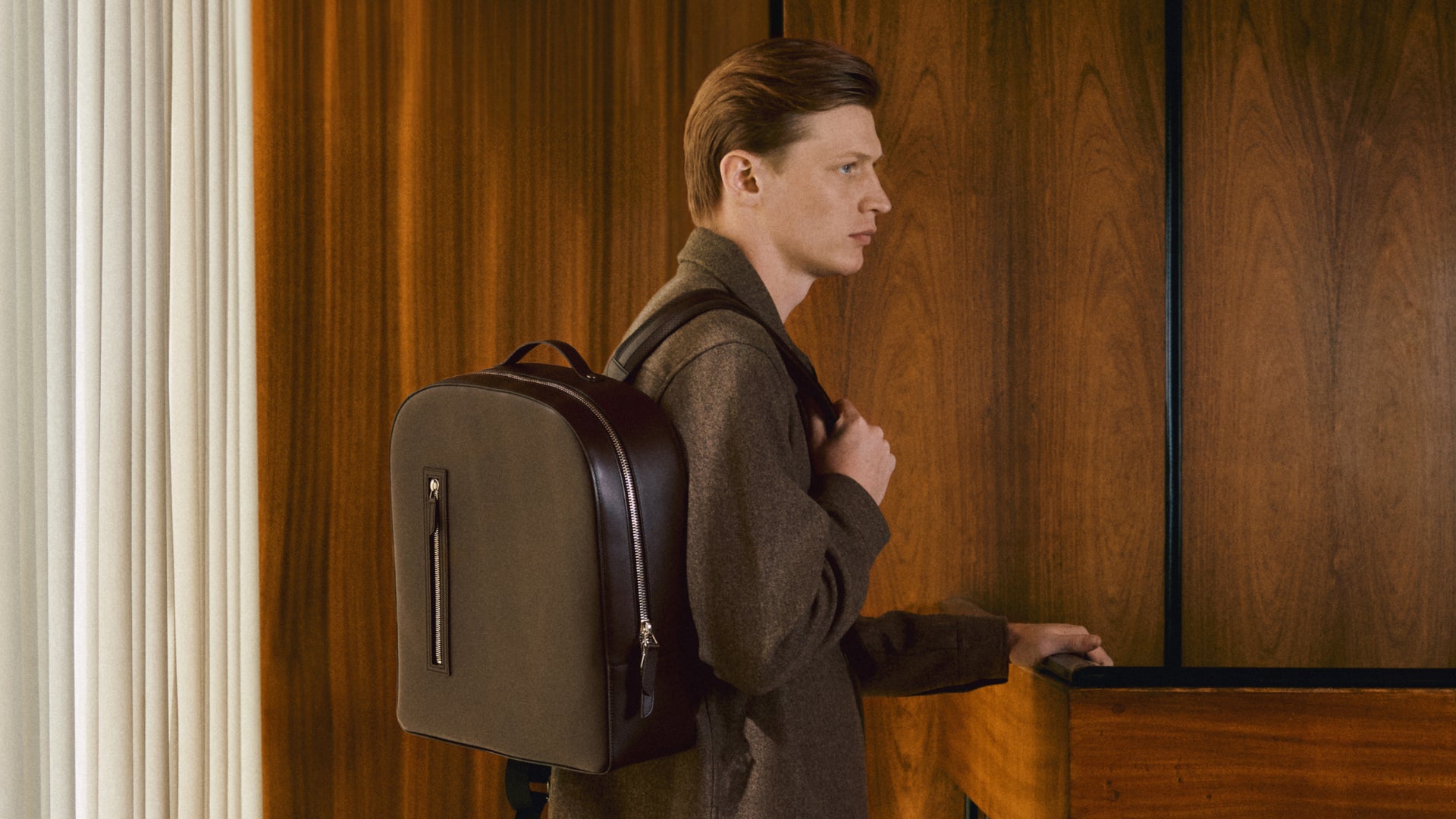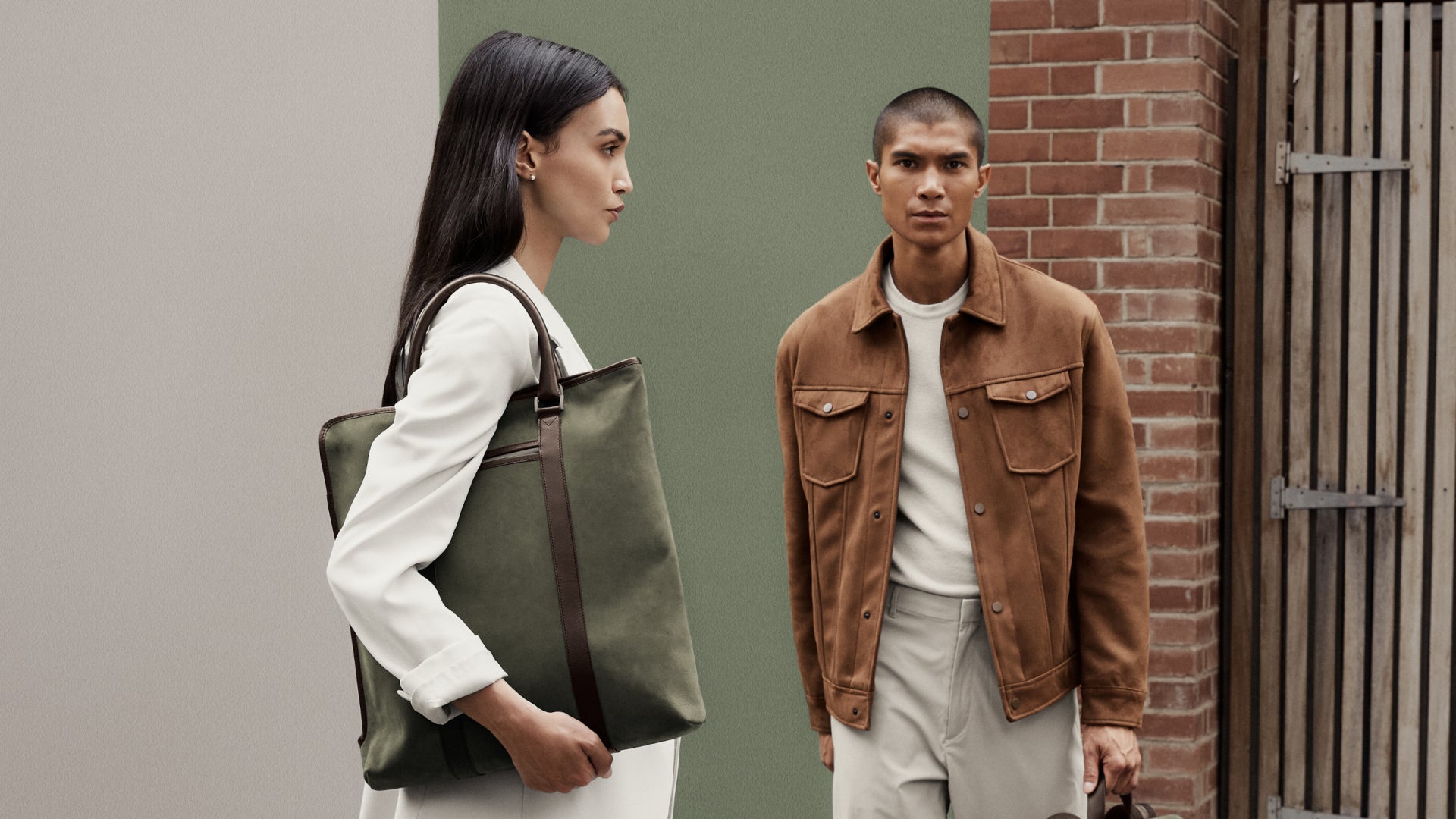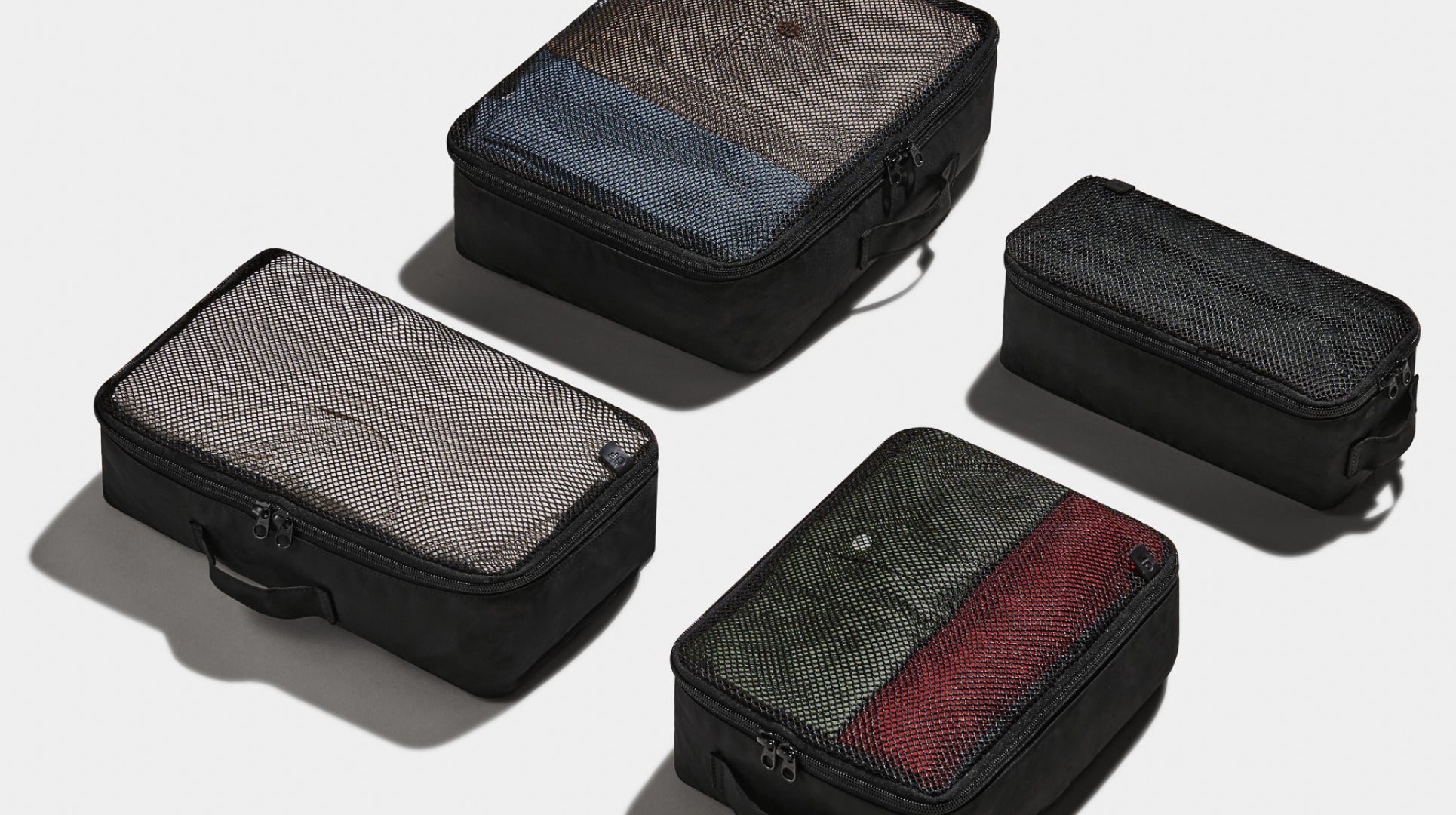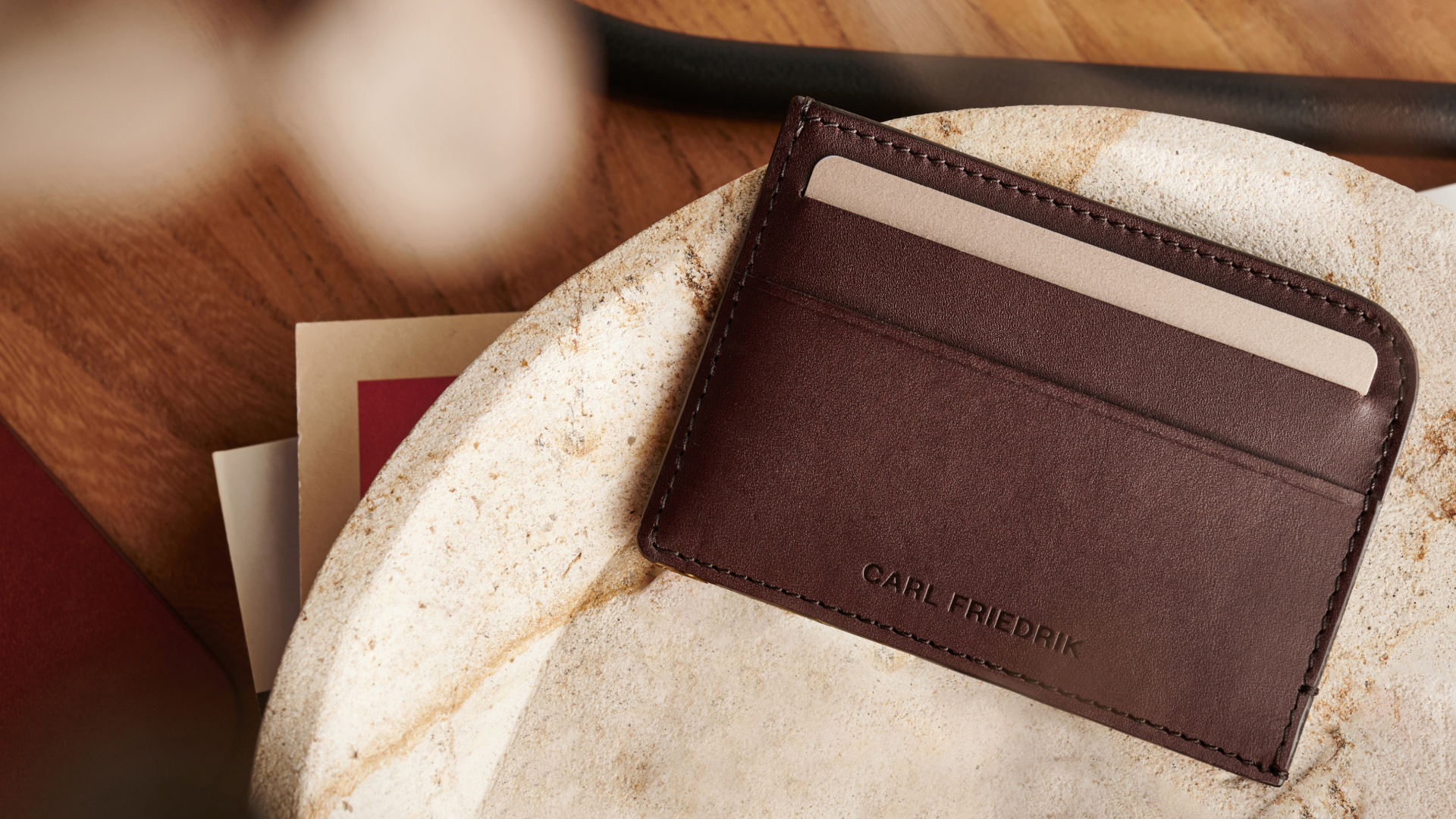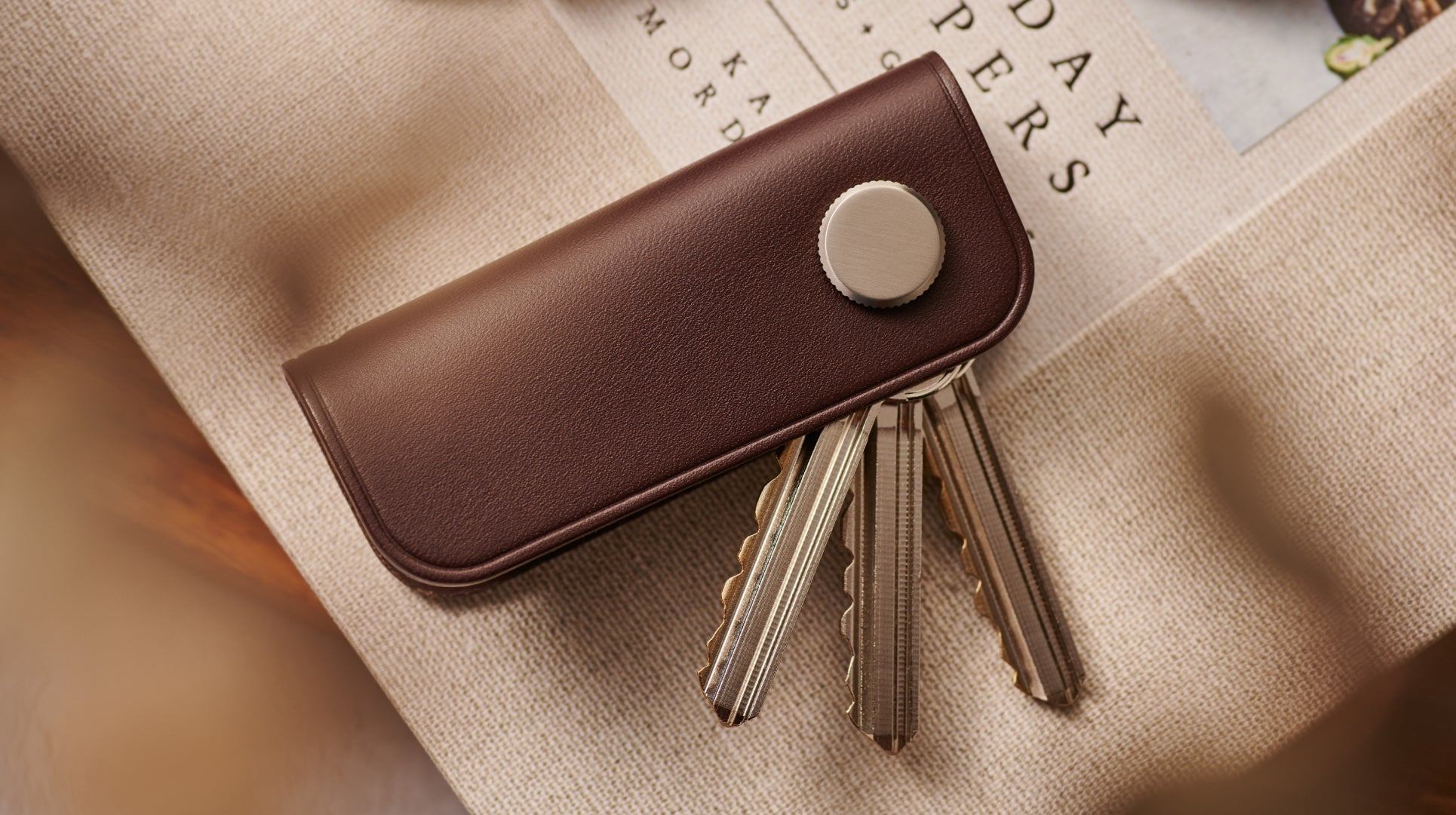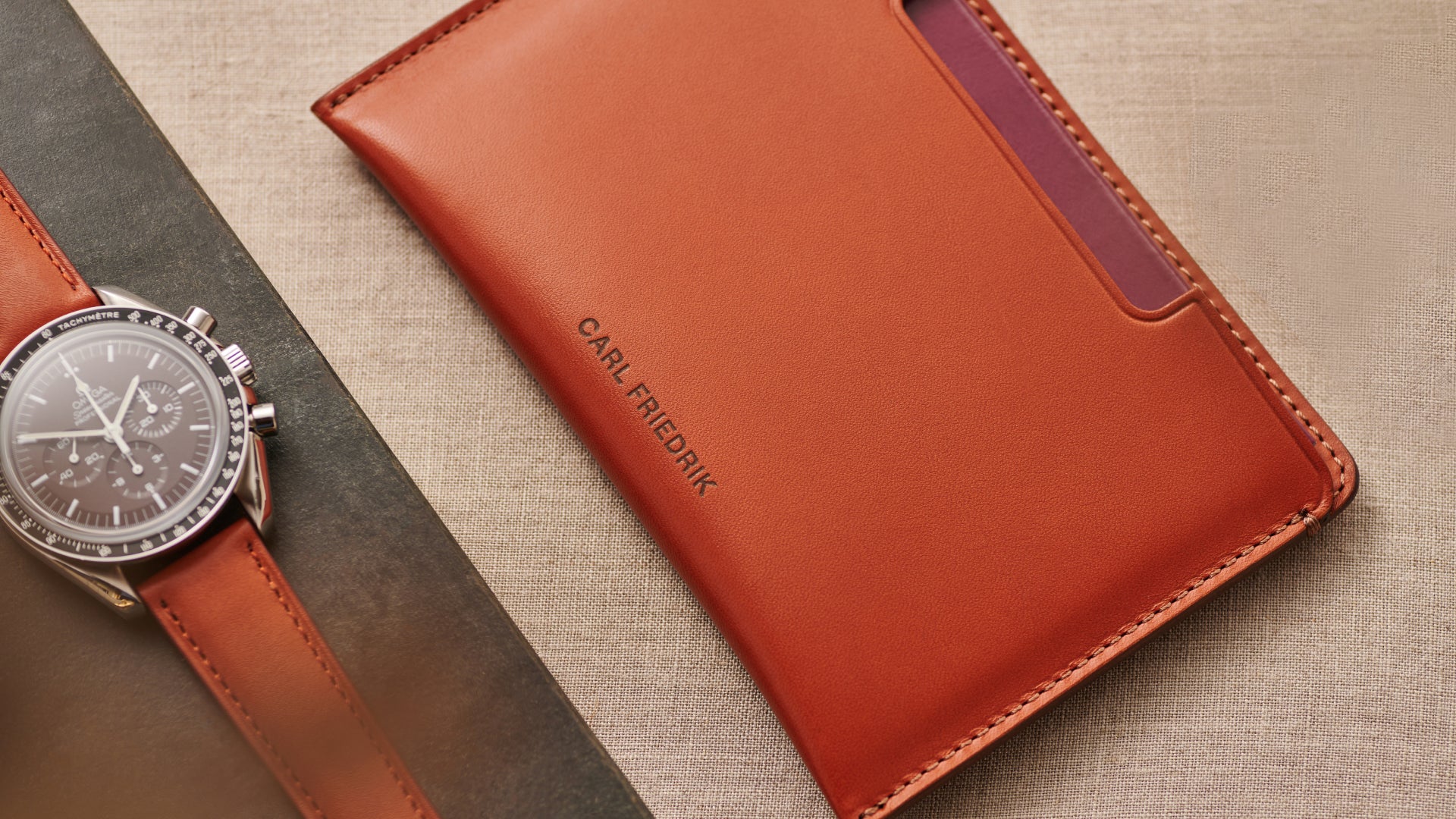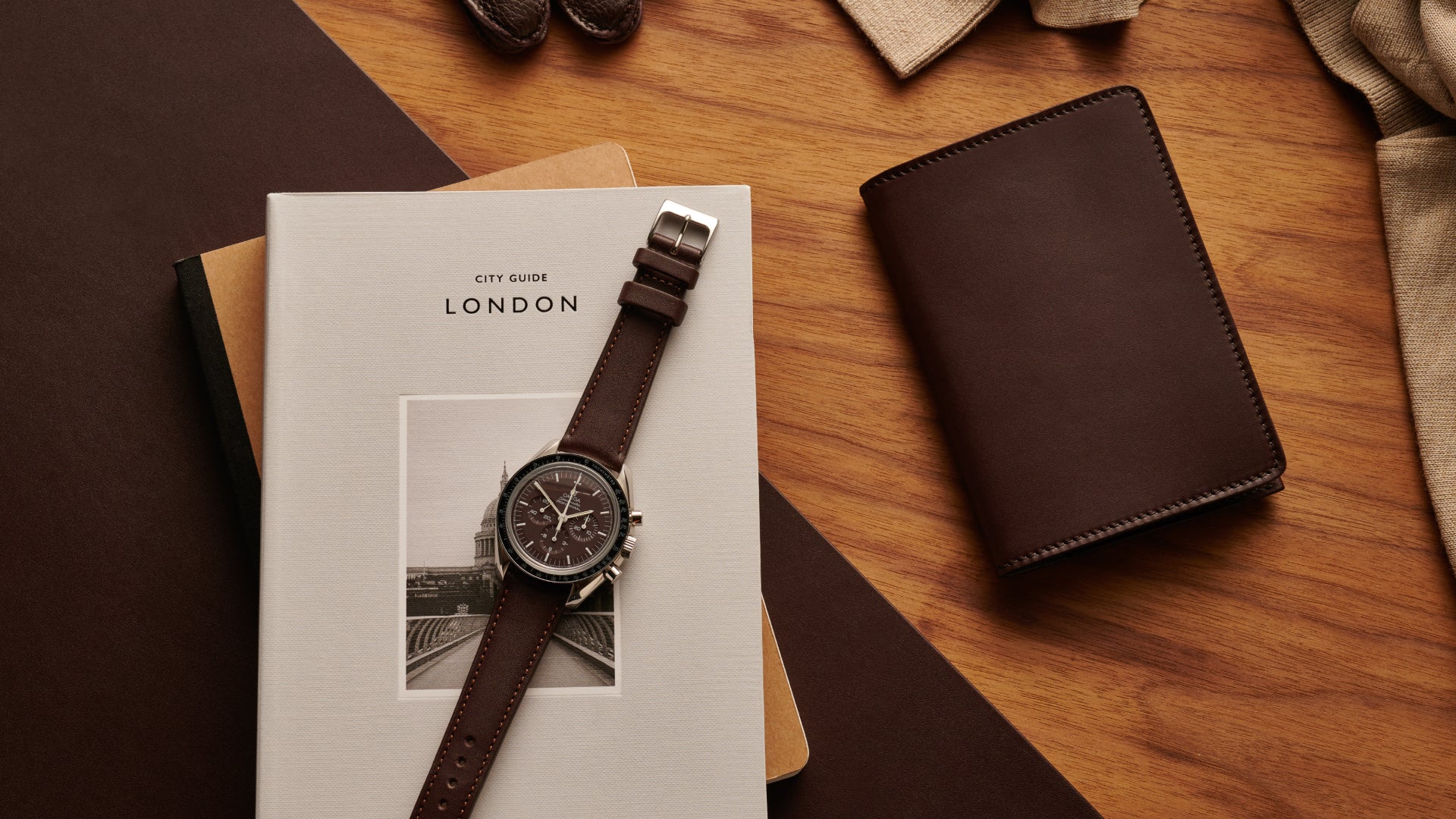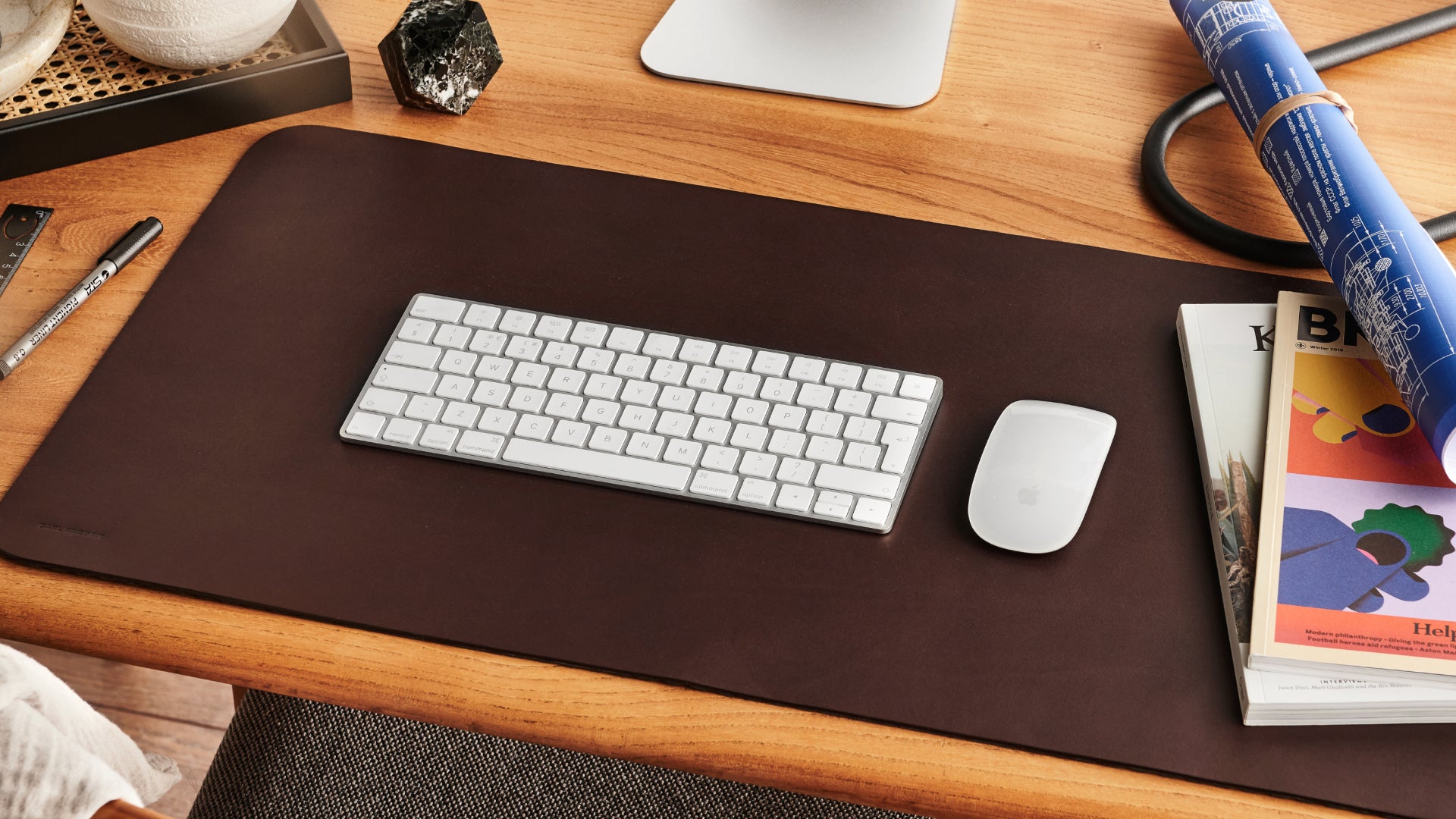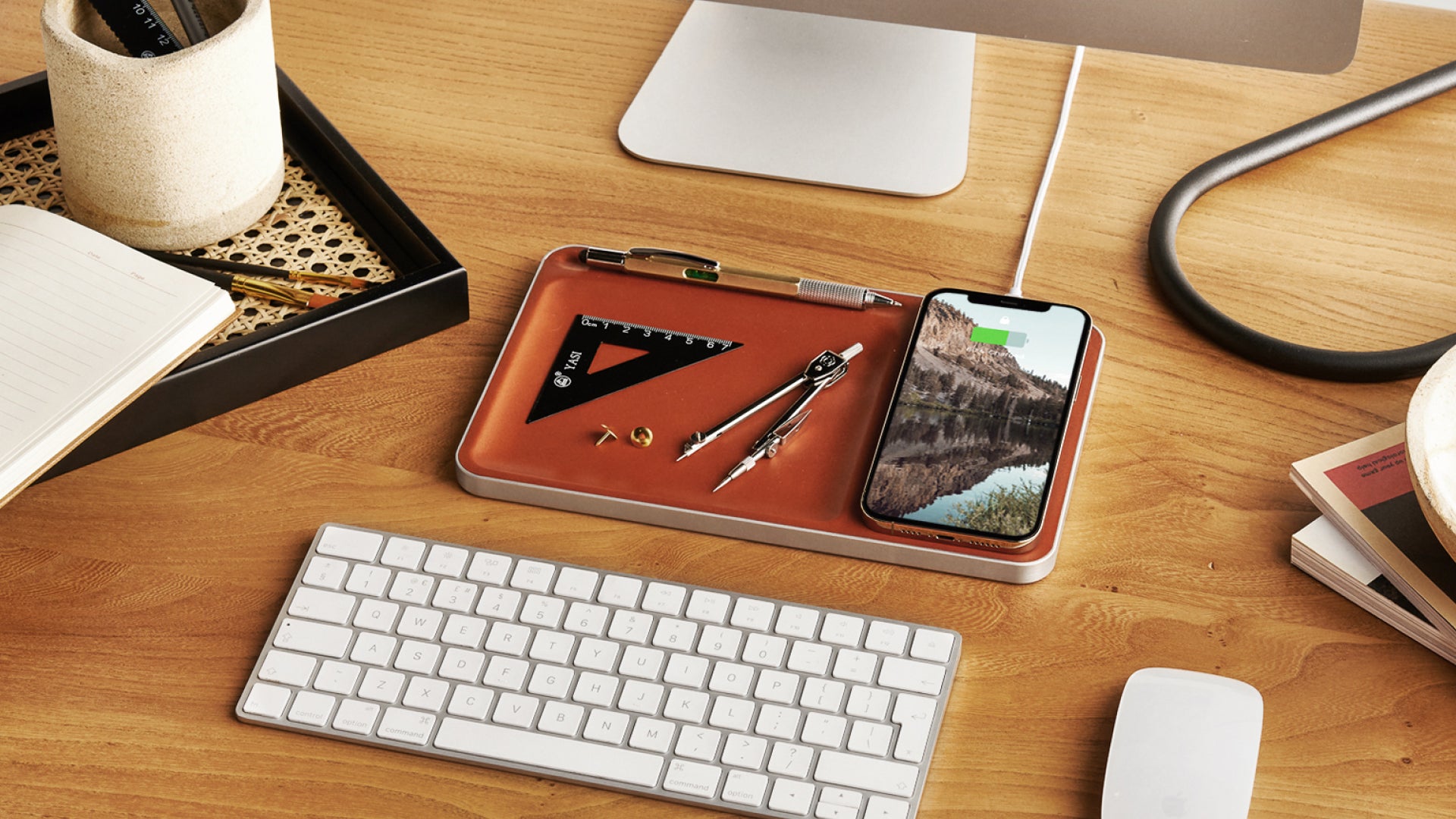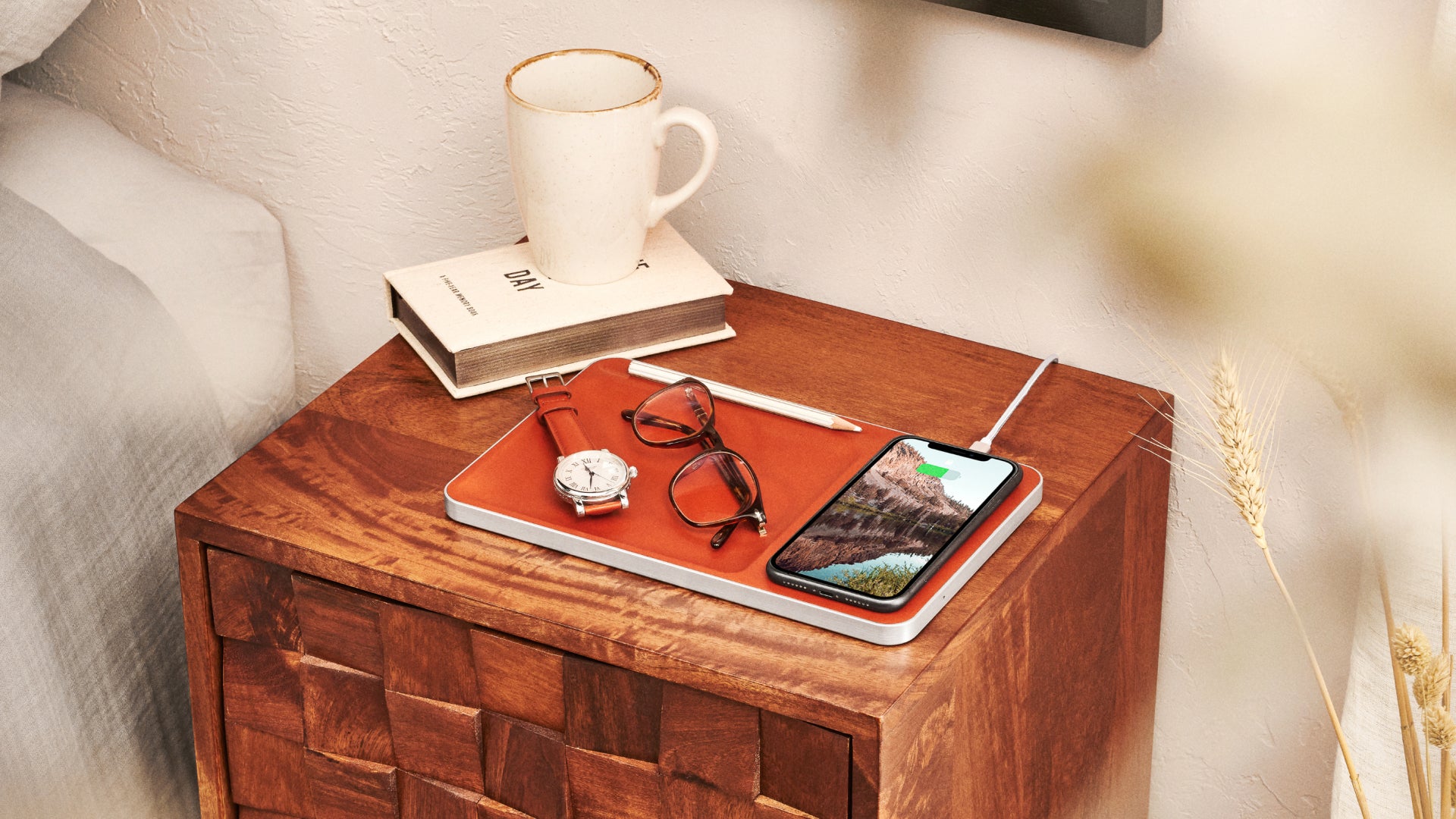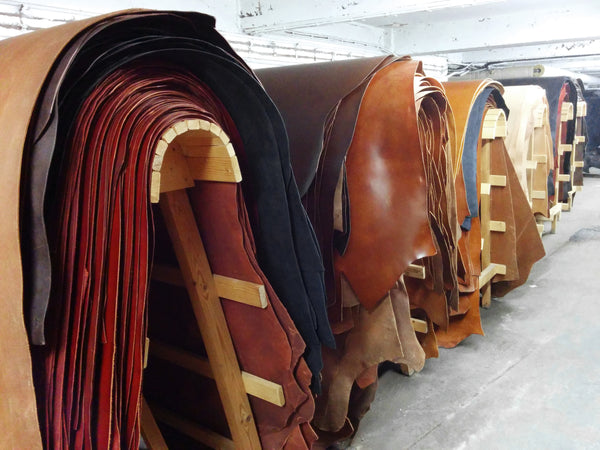If you’re a fan of leather, like us, it may have left you asking yourself, ‘What is full grain leather?’ And, ‘What makes it different from other types of leather?’ Put simply, full-grain leather is recognised as being the best type of leather.
Not all leather is created equal, as you will soon learn, and the quality can differ drastically between the different types, but we’ll try to simplify all that.
In essence, leather is made from tanning the rawhide of an animal, usually cows (but other animals aren’t uncommon). There are many other factors that come into what defines ‘good’ leather, such as tanning (as mentioned in the ‘Vegetable-tanned Vachetta Leather’ section), but leather grain is one of the most important of these - and what we’ll be focusing on.
So let’s unpack what we mean by leather grain:
Types of leather grain
In a hide, you have three separate and distinct layers: the epidermis, the thin outer layer; the thick central layer, often referred to as the corium or dermis; and the fatty subcutaneous layer.

Once the two sandwiching layers have been removed, the corium is the element which is used to produce leather. Different types of leather grains are the different layers of this corium, which have individual grain patterns.
It should be noted, the grain patterns in this post are focused on cows’ leather, but their qualities are similar between leathers from most animals. The four main types of leather grain are full-grain, top-grain, corrected grain and ‘genuine leather.’
Full-grain leather
Called ‘full-grain leather’ because it is the grain pattern from the outermost layer of skin. This is the strongest part of the hide, and it produces the most durable leather, like Nappa.
Crucially, full-grain leather has a natural leather surface. It is not altered, so any natural markings, that are sometimes classed as ‘blemishes,’ will be visible to the naked eye. So for example, if an animal has certain scars, bites, wrinkles or has even been branded, this would remain once the hide is tanned.
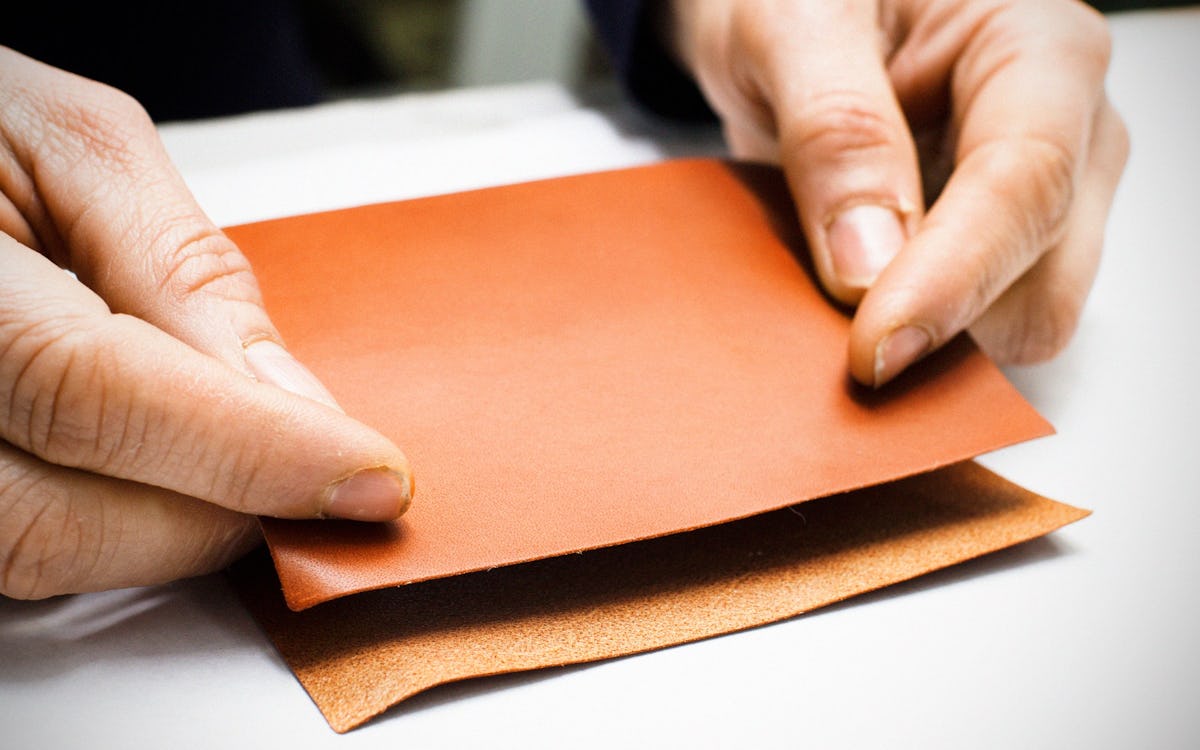
This makes each and every piece of full-grain leather completely unique. Other factors such as where the cow is raised, and how well it is treated, can also result in differing appearance. Generally, free-roaming cattle and colder climates make for better, thicker and healthier hides.
Full-grain leather also develops a natural patina as time goes on, giving it more of an authentic or ‘vintage’ look and feel. So if you see a leather item with individuality and a hand-crafted style to it, it will most likely be full-grain, which is what we use for all of our products.
At Carl Friedrik, we want to combine modern design and functionality, with the more traditional aesthetic of full-grain leather. Our leather is natural full-grain leather of the Vachetta variety. This smooth, vegetable-tanned, full-grain leather is quite supple, as a result of more fats and oils being used in tanning, with minimal surface finish.
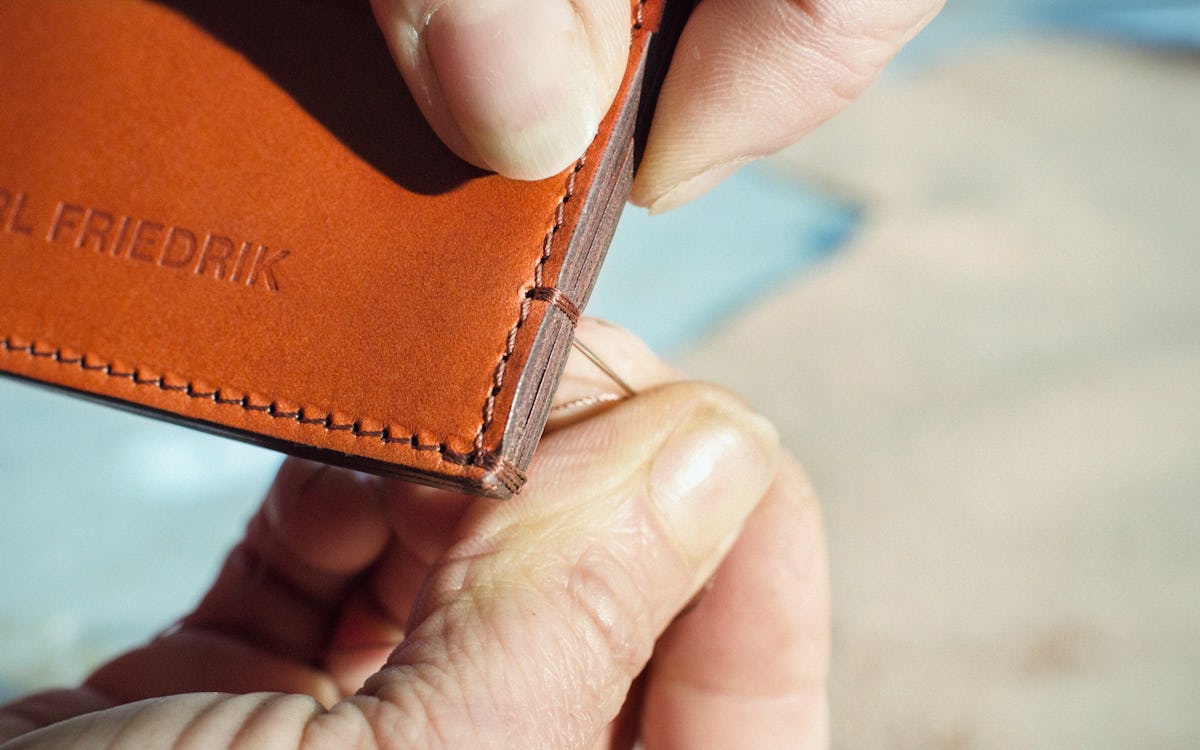
Top-grain leather
The term ‘top-grain leather’ can be a bit of a misleading moniker. It means that the grain layer itself has been altered, but the top layer of this remains intact. Contrary to what the name suggests, it is not the best or the ‘top’ quality of leather.
As the outer layer, which contains the toughest fibres, has often been sanded down, the durability of the leather is reduced and it is weaker than its full-grain counterpart. More of the hide can be used in this process, which makes this type of leather more widely available and less expensive than full-grain.
Most full-grain and top-grain leather is aniline coloured with natural dye which gives it an ‘unfinished’ and natural look, whilst still feeling soft to the touch. Semi-aniline leather, on the other hand, goes one step further by having a protective coating applied to it in addition to the dye. A common pitfall: ‘semi-aniline’ does not mean that it is only partially treated!
Corrected-grain leather
‘Corrected grain’ describes a piece of leather after it has had any natural blemishes or ‘imperfections’ removed. An artificial grain is then embossed over it to try to emulate the original full or top grain.
Genuine leather
Genuine leather has become a bit of a catch-all term in the retail industry and can be rather misleading to consumers. You may assume that an item being made from genuine leather means that it is of a high quality, but this isn’t always true.
Typically a product or item being described as ‘genuine leather’ means that it will be made of significantly lower quality than full-grain or top grain leather.=
Genuine leather is made from the lowest quality section of the hide and is essentially a plastic surface. This surface can be both smooth and grained in its structure as well as being both smooth and rigid in terms of feel.
So how do these other leather types, particularly top grain leather, compare with full-grain leather?
Top grain vs full-grain leather
Full-grain is the highest quality of leather so, naturally, it’s more expensive. Top-grain is thinner and less durable so it’s cheaper. Top grain can also look more uniform in appearance, whereas every piece of full-grain leather is unique, making no two pieces the same. And as top grain has been refinished, it prevents the leather from developing a natural patina like full-grain will.
Let’s see how the different leather types weigh up against each other:
| Leather type | Pros | Cons |
|---|---|---|
| Full-grain | Unaltered grain Most durable and longer lifetime Beautiful natural appearance |
Imperfections visible More expensive More sensitive |
| Top-grain | Less expensive than full-grain Fewer imperfections than full-grain |
Not as durable as full-grain Altered, less natural look |
| Corrected grain | Less expensive than full or top grain Can be made in different finishes More uniform in appearance |
Feels artificial Original character removed |
| Genuine leather | The cheapest option Uniform in appearance |
Lowest quality Can be a misleading term Uses various animals without clarification |
Full-grain vegetable tanned leather
Of course, grain type is important, but it should be noted that the tanning of the hide will also be a large factor in your consideration. There are two main ways to tan leather, chrome-tanning and vegetable-tanning: the former tans using chrome based chemicals; and the latter uses natural vegetable extracts.
Vegetable tanning is the less common and more expensive of the two – because of this it is almost exclusively used for full-grain leather. The natural characteristic of vegetable-tan would also be largely lost if used on a worse quality leather.
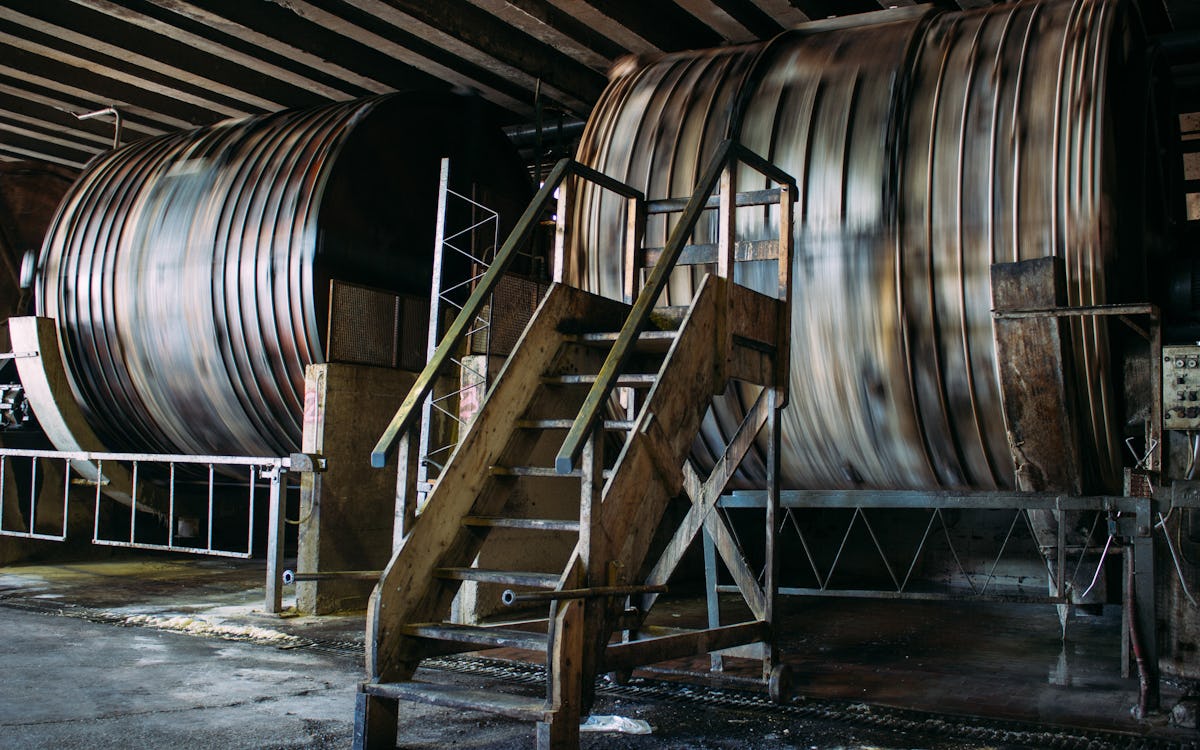
In our work, we’ve found that full-grain vegetable-tanned leather guarantees the highest quality and longest lifespan of any grain and tanning combinations for your leather. For example, in our Carl Friedrik products, we use fine Vachetta leather to combine this traditional treating of full-grain leather with the functionality and aesthetics of modern design.
What leather should you choose?
Fundamentally, deciding which type of leather is right for you often comes down to a combination of the following attributes: product, preference and price. It’s important to consider all three in turn.
Product
Certain products like a full-grain leather sofa may not be the most practical choice for someone with young children or pets or if you are looking for particularly soft leather – because full-grain is naturally more sensitive. On the other hand, a full-grain briefcase, wallet or belt is incredibly suited to this leather type.
Preference
Don’t pick something just because we say so, let your personal preference play a part! Different people like different types of leathers, it’s a matter of taste and how long you want it to last. Typically, if you’re after a more natural or ‘real’ leather look, you’ll probably be wanting a higher quality. Full-grain, especially if vegetable-tanned, will develop a patina over time, whereas lower grades will not. The more expensive and better the grade, the more durable it will be.
Price
Depending on your budget, you may have to compromise on quality slightly. When deciding between top-grain vs full-grain leather, top grain is usually the more affordable choice between the two. Then again, both tend to cost more than corrected grain and genuine leather, which can be significantly cheaper.
Whatever you choose, make sure it’s right for you. And if you have any more questions about leather, its making, or even our products, please send us an e-mail!
